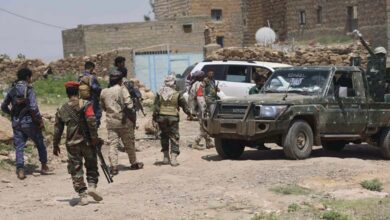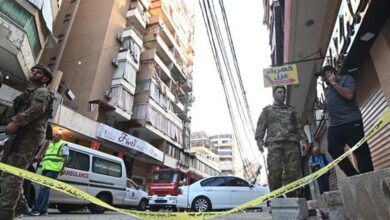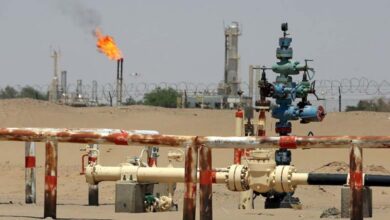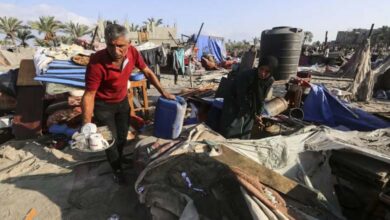Massive destruction as thousands of displaced Palestinians return to Gaza
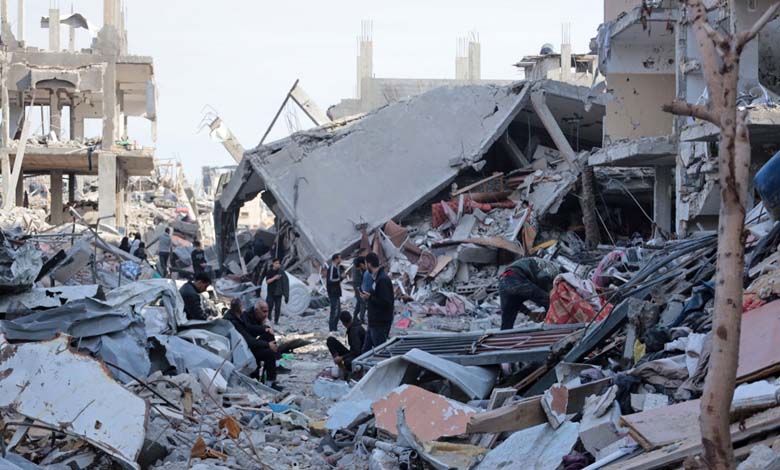
The Israeli army has urged Gaza residents to avoid entering areas under its control.
Thousands of displaced Palestinians have begun returning to their abandoned and destroyed homes in Gaza following the enforcement of a ceasefire between Israel and the Palestinian Islamic Resistance Movement, Hamas, as Israeli forces start withdrawing from parts of the territory. The enclave, devastated after two relentless years of war waged by the Israeli state, has seen around 80,000 deaths and the displacement of thousands.
-
Gaza After the Truce: Total Destruction and a Return Amid the Rubble
-
Between War and Reconstruction: How Can Gaza’s Economy Rise from the Rubble?
Huge crowds of displaced people moved north toward Gaza City, the territory’s largest urban center, which was the target of one of the most intense Israeli assaults just days ago.
“In God’s name, our house is still standing… but everything around us is destroyed. Homes in our neighborhood are gone, entire blocks have vanished,” said Ismail Zaida, 40, in Gaza City’s Sheikh Radwan district.
The Israeli army announced that the ceasefire took effect at noon local time (0900 GMT). The Israeli government approved the agreement with Hamas early Friday morning, paving the way for a partial troop withdrawal and a cessation of hostilities within 24 hours.
-
Gaza Finally Breathes Again… Ceasefire Announcement Moment by Moment
-
Gaza Bids Farewell to Fire with Cheers and Tears, Awaiting the Implementation of the Agreement
Under the deal, Hamas is expected to release twenty living Israeli hostages within 72 hours, after which Israel will free 250 Palestinian prisoners serving long sentences, along with 1,700 others detained in Gaza during the war.
U.S. Special Envoy for the Middle East Steve Witkoff stated that this marked the completion of the first phase of the Israeli withdrawal, triggering the countdown for the hostages’ release period.
Once the deal takes effect, trucks loaded with food and medical aid will enter Gaza to assist residents, hundreds of thousands of whom are now living in tents after their homes were destroyed and entire cities reduced to rubble.
-
From Spark to Agreement: Key Milestones in the Gaza War Over Two Years
-
Gaza Negotiations: Cautious Optimism in Sharm el-Sheikh as Mediators Join the Talks
The first phase of U.S. President Donald Trump’s plan to end the two-year war in Gaza includes Israeli withdrawal from several key urban areas, while maintaining control over roughly half of the territory.
In a televised address, Prime Minister Benjamin Netanyahu said Israeli forces would remain in the Gaza Strip to ensure its disarmament and strip Hamas of its weapons in the later stages of Trump’s plan. “If it can be achieved the easy way, good. If not, it will be achieved the hard way,” he declared.
Israeli army spokesman Brigadier General Evi Dvieren urged Gaza residents on Friday to avoid entering zones under Israeli control.
-
The Second Anniversary of the War: Terrifying Losses Beyond Numbers in Gaza
-
Two years into the Gaza war, Israel has gone from international sympathy to global isolation
Residents in Khan Younis, southern Gaza, told Reuters that some Israeli units had withdrawn from the eastern areas near the border, though tank shelling was still heard.
In the Nuseirat camp in central Gaza, some Israeli soldiers dismantled their positions and moved east toward the border, while others remained after gunfire was heard early Friday morning.
Israeli troops also withdrew from a road linking the Mediterranean coast to Gaza City. “As soon as we heard about the truce and the ceasefire, we were overjoyed and prepared to return home,” said Mahdi Saqallah, 40. “But there are no homes left… they’re all destroyed. Still, the joy of returning to where our homes once stood is immense. We’ve suffered for two years, moving from one place to another.”
-
Two Years of War in Gaza: How Destruction Spread Like Wildfire
-
900,000 Displaced: Israel’s Account of Civilians Fleeing Gaza City Southward
The war has deepened Israel’s international isolation, upended the Middle East’s balance, and expanded to involve Iran, Yemen, and Lebanon. It has also strained U.S.–Israeli relations, with Donald Trump reportedly losing patience with Netanyahu and pressuring him to reach a deal.
Both Israelis and Palestinians welcomed the announcement of the agreement, seen as the most significant step yet toward ending the war that has killed more than 67,000 Palestinians and aimed to secure the return of hostages captured by Hamas during its surprise October 7, 2023 attack that sparked the conflict.
If fully implemented, the deal could bring both sides closer to a lasting end to the fighting than any previous attempt, though uncertainties remain — notably the absence of the official list of Palestinian prisoners Israel will release in exchange for the hostages.
-
Curfew and Clashes: Hamas Attacks the al‑Majayda Family in Gaza, Deepening Residents’ Suffering
-
Dangerous Combat Zone: Israel Warns Gaza Residents Against Returning
Hamas is seeking the release of several prominent Palestinian detainees in Israel, along with hundreds arrested during the Israeli military campaign.
No agreement has yet been reached on other parts of Trump’s 20-point plan, including how Gaza will be governed after the conflict and the ultimate fate of Hamas, which continues to reject Israel’s demand to disarm.
The Hamas-run Interior Ministry announced Friday that it would deploy security forces in areas evacuated by the Israeli army, stating that “police personnel will begin to deploy across all governorates to serve citizens, assist them, and protect public and private property.”
-
Heavy Bombardment: Israeli Fire Defies Trump in Gaza
-
Gaza Residents Back Trump’s Plan and Shout at Hamas: Enough
It remains unclear whether Hamas fighters will reappear in large numbers on the streets, as they did during previous truces — a move Israel would view as provocative.
Netanyahu also faces skepticism within his ruling coalition, where many have long opposed any agreement with Hamas.


